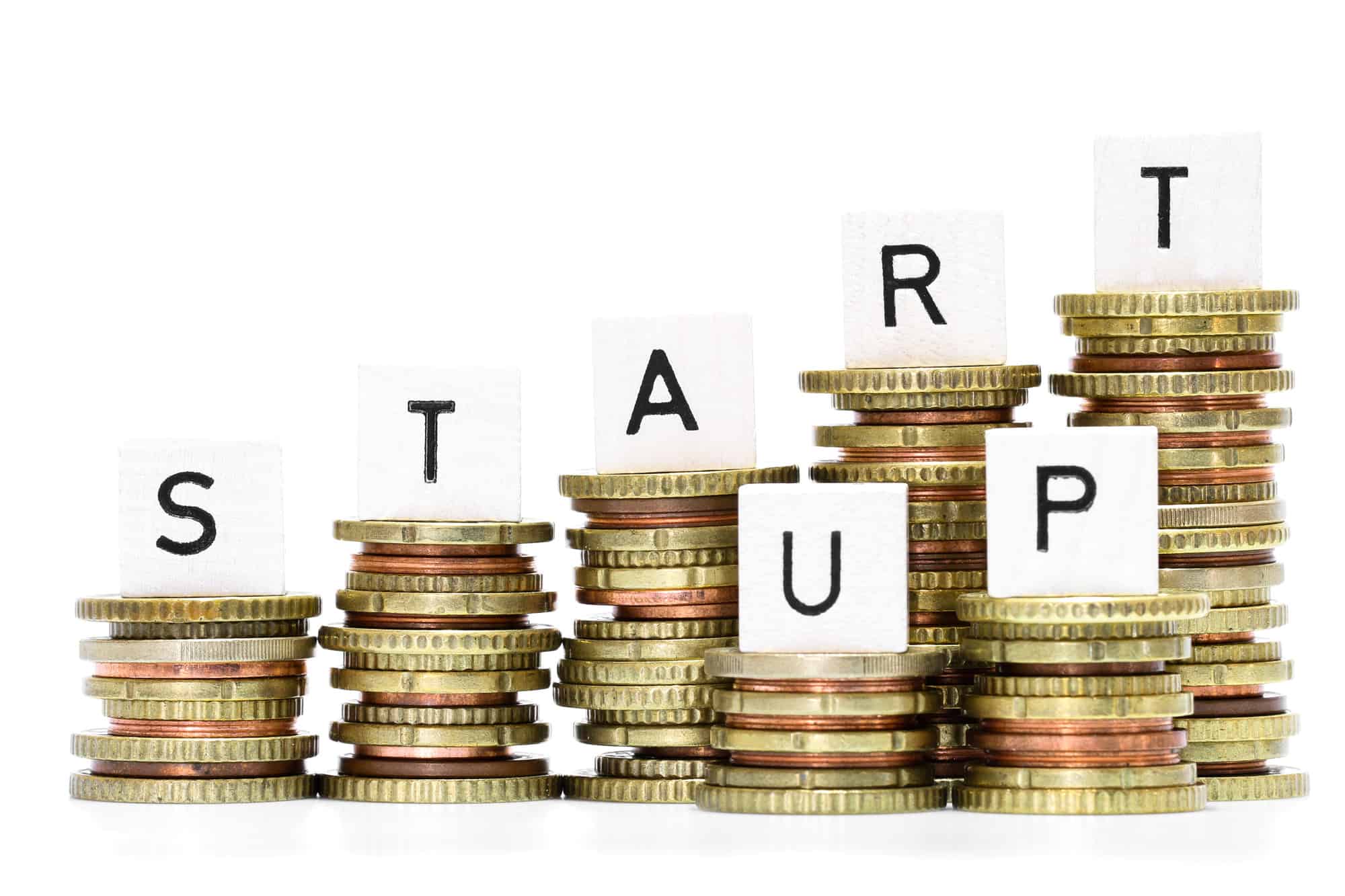
The Ultimate Guide To Understanding Startup Funding Stages
The Ultimate Guide To The Startup Funding Stages
Starting a business is a challenging and rewarding experience. If you need help with the funding process, read here for our guide to the startup funding stages.
Getting ready to undertake a new business idea?
Wondering how to get funding for a startup?
Starting a new business comes with a lot of challenges. Out of these many challenges, acquiring funding can be one of the most difficult.
If you need help with the funding process, you need to be aware of the primary startup funding stages.
Below I’ll give you an overview of the five primary stages of funding that you need to know about if you want to fund your startup successfully.
Stage 1: Seed Capital
The seed capital funding stage is the earliest stage of the funding process. In this stage, you will acquire the initial funding for your startup. Typically, the funds you raise during this stage will allow you to perform market research or develop new products.
In this stage, funding will usually come from personal sources as well as from friends and family. The amount raised at this stage of the funding process may amount to as little as $10,000, or it could be much more.
In practice, personal sources may end up including credit cards, home equity lines of credit, or even retirement savings. Other sources may come from friends and family, crowdfunding, or the government.
Once you have this initial “seed,” you will be able to get started on your new business.
Stage 2: Angel Investor Funding
The next stage in the startup funding process will be to look for funding from angel investors. In this stage, you will begin to reach out beyond your friends and family to these wealthy individuals who have an interest in investing in your company.
The SEC defines accredited angel investors as individuals who have a net worth of over $1 million in addition to an annual income of over $200,000 a year. In exchange for a piece of ownership in the startup or convertible debt, these affluent individuals will help to provide capital for startups, typically between $25,000 and $100,000.
This funding stage may begin for a variety of reasons but it is typically used to begin scaling the startup, increase product development funding, or to fund additional marketing efforts. It can expand the startup team and leverage the success that the startup has had so far, building on the team’s momentum.
It’s not necessary for a startup to have profits at this stage, but it should have a proven business model canvas that will impress and win over any potential angel investors.
Stage 3: Venture Capital Financing
In the next of the startup funding stages, it’s time to start raising venture capital. Usually, startups at this stage have already been distributing and selling a product or providing a service for some time. However, the business may or may not be profitable yet.
Compared to the size of the angel investments, venture capital investments will often be much larger. Venture capitalists often want to invest a large amount of money into a business, often in the millions of dollars.
For the venture capital stage, there will usually be multiple rounds of venture capital funding. Each of the rounds represents a letter of the alphabet. These rounds, for example, will be series A, B, C, etc.
In exchange for funding from venture capitalists, they will usually receive preferred stock in the company.
Stage 4: Mezzanine Financing & Bridge Loans
The next of the startup funding stages mezzanine financing and bridge loans. This stage, aka “the growth phase”, comes when your startup is really beginning to grow in size.
It may be time to start trying to scale the business to a big extent and the startup should have a superior product or service commercially available at this point. The startup should also have some revenue coming in, although it may not quite be profitable yet.
Bridge funding comes in when the startup is beginning to look for and act on various opportunities in which it requires additional funding. It may be getting ready for an IPO (initial public offering). It may also be considering acquiring a competing business or making a management buyout.
This type of funding is very popular with companies that are still in the stage just prior to the IPO funding stage. After the company goes public, proceeds from the IPO can help pay back the investors from this funding stage.
Stage 5: IPO (Initial Public Offering)
Finally, after all of the other funding stages, it is time for the Initial Public Offering or the IPO. This stage is when the stock is open to the public, and people can begin buying shares in the company.
Investment bankers help with the process and commit to selling a certain number of the company’s shares at a certain price to raise money for the company.
Although it has some drawbacks, there are many advantages to the IPO funding stage. These can include:
- Access to additional capital through the selling of company stocks
- A stock value that will rise over time if the company performs well
- Stocks that can act as an incentive for the company’s employees
- Shares of the company that can serve as liquid equity
- Going public, which can work as a promotional tool to increase awareness of the company
The IPO funding stage is the final stage in the funding process. It can be a huge help in moving the business forward and giving the startup a strong push ahead.
Making the Most of the Startup Funding Stages
Funding is critically important for startups of all kinds. If you’re looking at undertaking the creation of a new company or startup, you need to know these stages well.
It’s best not to rush into any stage of the process until you’re ready. That way, you can make sure that you perform each stage of funding at the best part of the startup’s lifecycle.
It takes time to build a company from the ground up. However, successful startup funding can provide the momentum an entrepreneur needs to get a company off the ground. The startup funding stages above work as the oil that lubricates a new company and takes a startup from initial idea to unprecedented success.
Ready to get your startup on track? Contact me today to receive consultation services and find out more about what I can do for you and your business.




